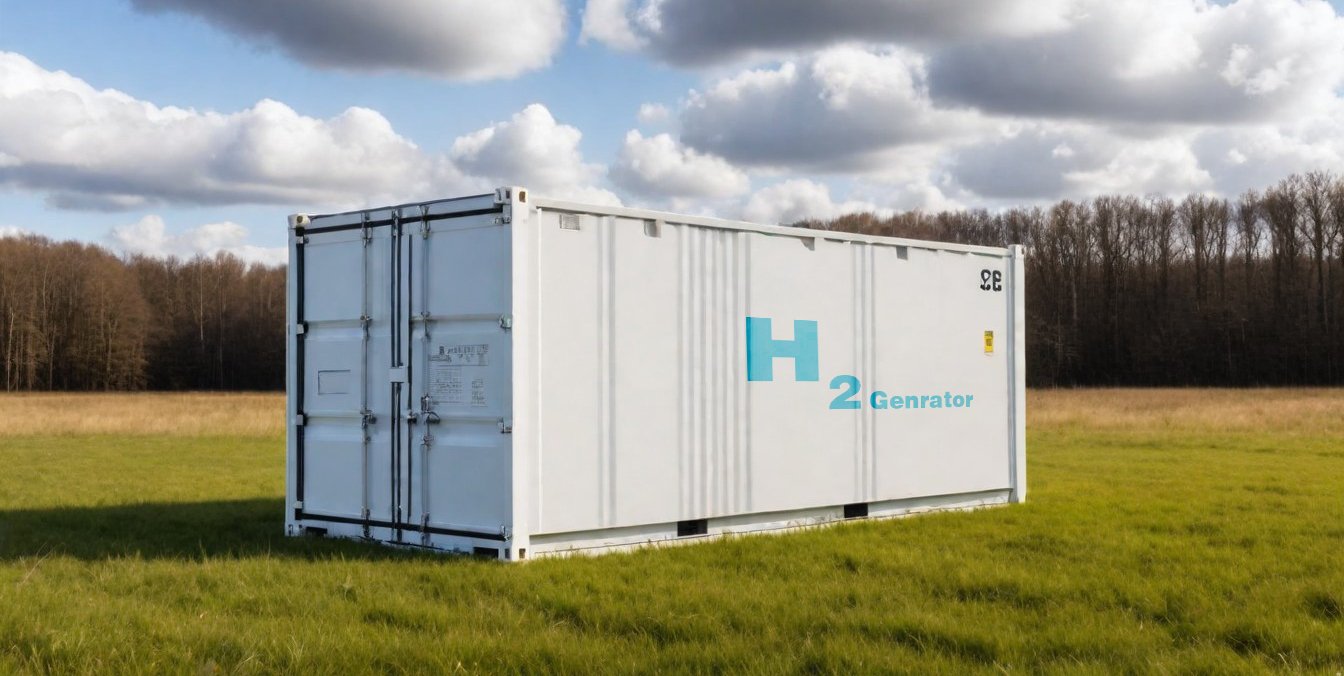Features of Hydrogen Generators
12 May 2024

Exploring the Potential of Hydrogen as an Energy Carrier
As an energy carrier, the use of hydrogen has the potential to revolutionize many industries in the long term and move them towards climate neutrality. But this requires efficient technologies, which also applies to the use of hydrogen at the end of the value chain.
Regardless of how hydrogen is ultimately used as an energy carrier, all applications have in common that the hydrogen transported to the destination is converted back into water by adding oxygen, where electricity and heat are generated. This creates energy that can be used for the future of mobility, to heat private homes and commercial buildings, or even for applications in industry.
Widespread use of hydrogen requires safe and efficient fuel cell technology, because fuel cells generate electricity and heat when hydrogen and oxygen are converted into water. If this conversion is made using green hydrogen that comes entirely from renewable energy sources, it is a completely climate-neutral hydrogen system. With the Climate Neutral Hydrogen Certification, you document the climate-friendly production and use of hydrogen in a transparent way.
The working principle of fuel cell technology is relatively simple. The chemical energy of hydrogen is converted directly into electrical energy without an intermediate step. Fuel cell technology opens up a wide range of potential applications – from providing electricity for private homes to climate-neutral vehicles for indoor supply and transportation by road, rail, sea or even air in the future.
The advantages of fuel cell technology are particularly evident when vehicles with battery-powered electric motors cannot be used efficiently and profitably. Thanks to their relatively short charging or refueling times and low weight, fuel cells are ideal when longer distances have to be covered with greater frequency. Therefore, the use of hydrogen is particularly beneficial in:
Hydrogen can be used as an alternative driving technology for mobility.